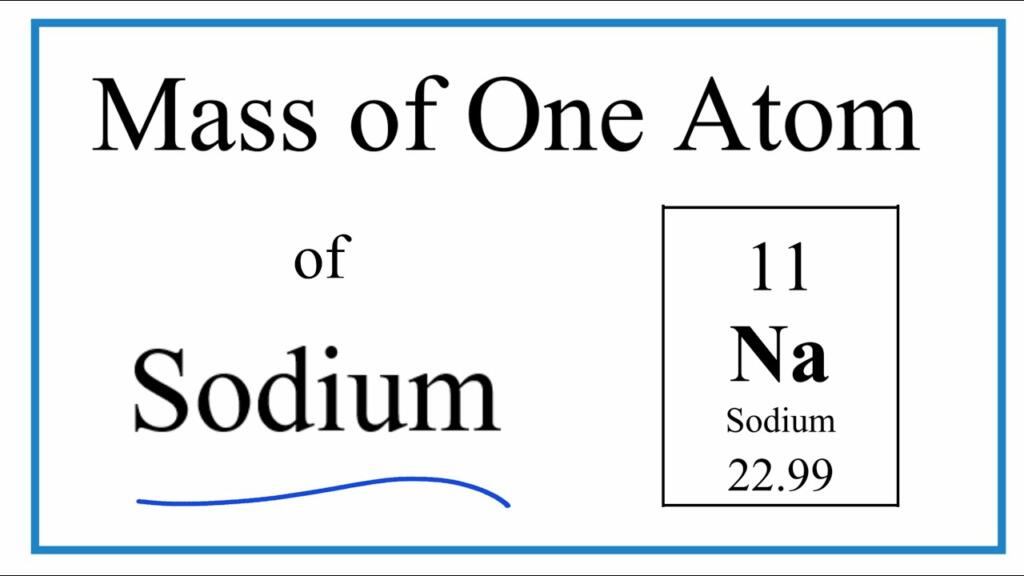Welcome, students, parents or teachers in this article we are going to give you Mass of sodium? With Definition of Mass and Sodium with proper explanation. Take a note that in exams you can add more points in answer to score more. To earn extra marks you can explain it in about 300 words. Thanks for reading the answer.
Mass of sodium?
The mass of sodium (Na) is 22.98976928 grams per mole. This value is determined by measuring the amount of the element in a sample and comparing it to the number of atoms or molecules present in that sample. The mass of an atom or molecule is determined by the number of protons and neutrons present in the nucleus, as well as the number of electrons orbiting the nucleus. In the case of sodium, it has 11 protons, 12 neutrons, and 11 electrons, which gives it a specific atomic mass. This value can be used to calculate the mass of a sample of sodium in grams by multiplying the number of moles present by the molar mass of the element.
Also Read: Mushroom rocks are found in which areas of world and India?
Definition
Atomic mass is the mass of an atom, typically measured in atomic mass units (amu) or daltons (Da). It is the sum of the masses of all the protons, neutrons, and electrons in an atom.
Sodium is a chemical element with the symbol Na and atomic number 11. It is a soft, silvery-white metal that is highly reactive, and is commonly found in nature in the form of compounds, such as salt (sodium chloride). Sodium is an essential element for life, and is involved in many bodily functions, including maintaining proper fluid balance, muscle and nerve function, and blood pressure regulation.
